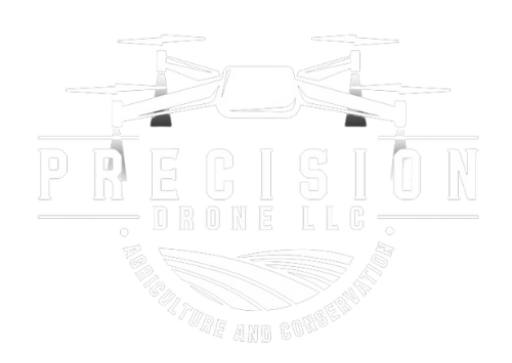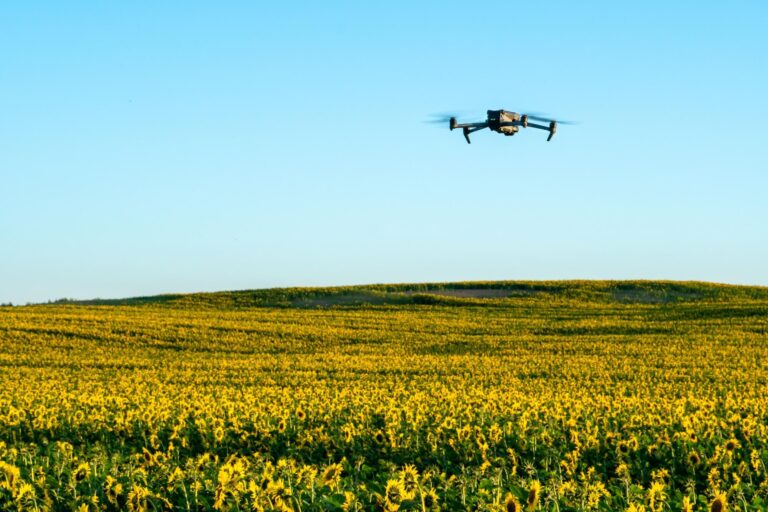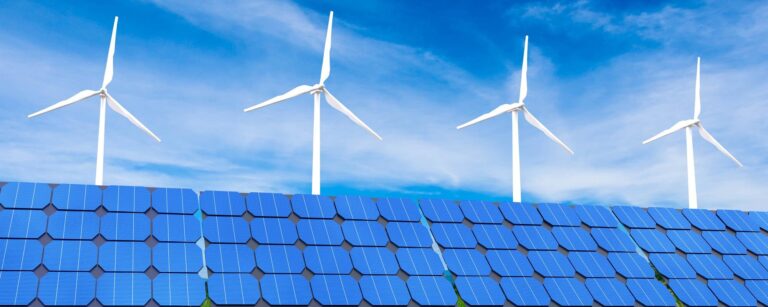Precision Drone LLC’s Guide to Agricultural Drone Services Pricing: What Farmers and Conservationists Need to Know
In the rapidly evolving world of agriculture and conservation, Precision Drone LLC is at the forefront of innovation, offering groundbreaking solutions tailored to the needs of modern farmers and conservationists. Our agricultural drone services have revolutionized traditional practices by providing precise monitoring and targeted applications that enhance crop health and manage natural resources with unparalleled accuracy. Understanding the nuances of agriculture drone services pricing is crucial for those looking to optimize both efficiency and sustainability. In this guide, we delve into the factors that influence pricing, ensuring you make informed decisions that align with your goals and budget. Join us as we explore how our state-of-the-art drone technology is transforming the landscape of agriculture and conservation with both precision and care.
Understanding Agricultural Drone Services
In this section, we explore how agricultural drone services are transforming both farming and conservation efforts. By leveraging advanced technology, drones offer numerous benefits, enhancing productivity and sustainability.
Benefits for Farmers
Agricultural drone services provide farmers with a range of benefits that traditional methods cannot match. Drones enable precise monitoring of crops, allowing farmers to assess plant health, soil conditions, and irrigation needs in real-time. This precision leads to more informed decision-making, reducing waste and increasing yield.
Additionally, drones can cover large areas quickly, saving time and labor costs. Farmers can conduct regular surveys with minimal disruption to their operations, ensuring timely interventions where needed. The ability to apply fertilizers and pesticides precisely reduces chemical use, promoting environmental sustainability.
For example, a farmer in Iowa utilized drones to monitor crop health, resulting in a 15% increase in yield. By identifying areas needing attention early, the intervention was both targeted and effective. This case highlights the potential of drones to revolutionize farming practices.
Advantages for Conservationists
Conservationists are increasingly turning to drones for their ability to monitor and manage natural resources effectively. Drones provide a bird’s-eye view, offering insights into ecosystems that are otherwise difficult to obtain. This perspective is crucial for tracking changes in biodiversity, assessing habitat health, and detecting illegal activities like poaching or deforestation.
The ability to access remote or difficult terrains without disturbing the environment is a significant advantage. Drones can capture high-resolution images and videos, aiding in data collection and analysis. This information is vital for creating strategies that enhance conservation efforts.
For instance, a conservation project in the Amazon used drones to monitor rainforest conditions. The drones provided crucial data on deforestation patterns, enabling targeted interventions. This approach not only improved the efficiency of conservation efforts but also bolstered protective measures.
Key Factors Affecting Pricing
Understanding the factors that influence agriculture drone services pricing is essential for making informed decisions. In this section, we discuss the key elements that determine costs, helping you plan your budget effectively.
Technology and Equipment Costs
The cost of technology and equipment is a primary factor affecting the pricing of agricultural drone services. Sophisticated drones equipped with high-resolution cameras, sensors, and GPS technology are necessary for optimal performance. These components can be expensive, impacting the overall cost of service.
Maintenance and upgrades also contribute to pricing. Regular maintenance ensures drone reliability and accuracy, but it incurs additional costs that are reflected in service pricing. Equipment upgrades keep the technology current, providing the best results but also increasing expenses.
For example, a service provider might upgrade their drones to include advanced multispectral cameras. While this enhances service quality, it also raises operational costs. Therefore, understanding how technology impacts pricing can help clients appreciate the value offered.
Service Scope and Complexity
The scope and complexity of the service are significant factors in determining the pricing of agriculture drone services. Larger areas or more complex tasks require more time and resources, which can increase costs.
When a service involves multiple aspects, such as data analysis, mapping, and crop spraying, it becomes more complex. Each additional component adds to the pricing structure, reflecting the specialized skills and equipment required.
For example, a comprehensive service that includes soil analysis and crop health monitoring will cost more than a simple aerial survey. Clients need to consider their specific needs and the level of service complexity they require when assessing pricing options.
Pricing Models Explained
Pricing models for agricultural drone services can vary, impacting how clients budget for these services. In this section, we explain the different models to help you make an informed choice.
Hourly vs. Flat Rate
Hourly pricing involves charging clients based on the time spent providing the service. This model works well for services where the duration is variable and depends on specific project needs. It offers flexibility, allowing clients to pay for only the time required.
Flat rate pricing, on the other hand, provides a set cost for a service package regardless of time. This model is beneficial for projects with clearly defined scopes, offering predictability in budgeting.
|
Model |
Pros |
Cons |
|---|---|---|
|
Hourly |
Flexible, pay-as-you-go |
Costs can be unpredictable |
|
Flat Rate |
Predictable costs |
May pay more than needed |
Choosing between these models depends on the nature of the project and the client’s preference for cost predictability.
Subscription-Based Services
Subscription-based services offer clients regular access to agricultural drone services for a recurring fee. This model is ideal for ongoing needs, providing consistent monitoring and reporting.
Clients benefit from continuous data collection, allowing for real-time adjustments and planning. Subscriptions offer a cost-effective solution for those requiring regular drone services without the need for frequent renegotiations.
-
Predictable monthly fees
-
Regular updates and data insights
-
Long-term relationship with service provider
This model suits clients looking for a stable, ongoing relationship with their drone service provider, ensuring they receive the latest technological advancements and consistent support.
Making the Right Investment
Investing in agricultural drone services requires careful consideration of your specific needs and the available options. This section guides you through the process of making informed investment decisions.
Assessing Your Needs
Before committing to a service, it’s crucial to assess your unique needs. Start by identifying the specific challenges you face and how drone services can address them. Consider the scale of your operations and whether you require comprehensive data analysis or targeted applications.
-
Define your goals for using drones.
-
Identify the specific outcomes you expect.
-
Assess the scale and frequency of service needed.
Understanding these aspects helps in selecting the right service model and provider, ensuring that the investment aligns with your objectives and budget.
Comparing Providers
Choosing the right provider is key to maximizing the benefits of agricultural drone services. Evaluate providers based on their experience, technology offerings, and customer testimonials. A thorough comparison helps in identifying a provider that best fits your needs.
-
Check provider credentials and expertise.
-
Compare technological capabilities and service offerings.
-
Read customer reviews and case studies.
Taking the time to compare providers ensures that you choose a partner who can deliver reliable and effective services tailored to your requirements.
Maximizing ROI with Drone Services
Maximizing return on investment (ROI) with drone services involves leveraging technology to enhance productivity and sustainability. This section explores how to achieve high ROI through strategic use of drone technology.
Enhancing Crop Management
Drone services can significantly enhance crop management by providing detailed insights into crop conditions and health. This data allows for precise interventions, optimizing resource use and boosting yields.
By monitoring crop growth and identifying issues early, farmers can apply fertilizers and pesticides only where needed. This targeted approach not only improves crop health but also reduces costs and environmental impact.
-
Improve yield predictions with real-time data.
-
Reduce waste through precise resource application.
-
Increase efficiency by automating monitoring processes.
The strategic use of drones in crop management leads to better resource allocation and increased profitability.
Supporting Sustainable Practices
Drones play a vital role in supporting sustainable agricultural practices. They enable farmers to monitor environmental impact and adapt practices to minimize harm.
Drones can track soil health, water usage, and biodiversity, providing data to inform sustainable strategies. This information is crucial for developing practices that protect natural resources while maintaining productivity.
-
Monitor and manage water resources efficiently.
-
Reduce chemical use through targeted applications.
-
Support biodiversity by monitoring habitat conditions.
By integrating drone technology into sustainability efforts, farmers can pursue environmentally friendly practices while maintaining competitive yields.






